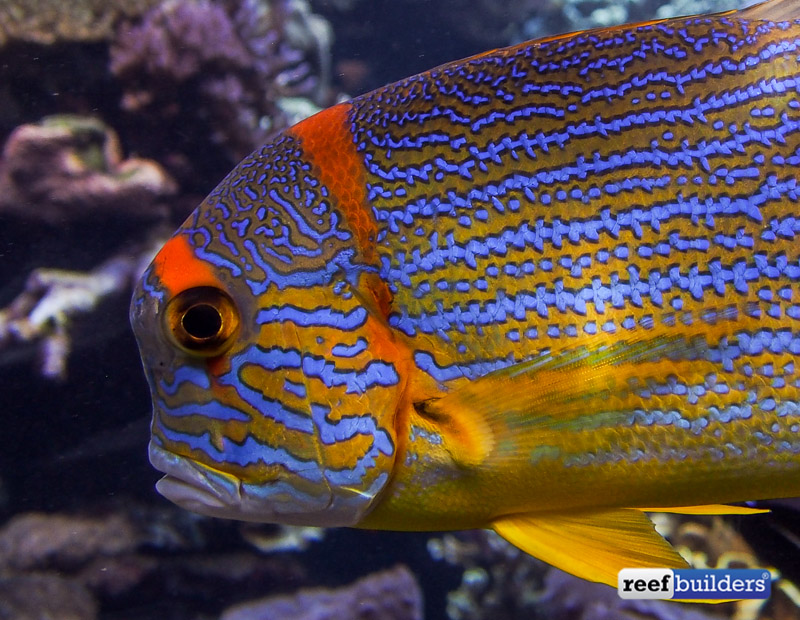In the infancy of our marine aquarium experience, the threadfin snapper, Symphorichthys spilurus was one of our first favorite fish. This is when we were a teenager and the fish we “liked” boiled down to basically how cool they look in pictures, before we discovered how large these fish can become – and when you’re a young aquarist, your dream of a huge tank tops out at 75 gallons.

With adults of threadfin snappers growing up to two feet, 60cm long, there was no way we would ever own one as a budding aquarist, but the species always held a special place in our salty reefer heart. This first love for a reef fish was rekindled recently when we revisited Joe Yaiullo’s massive 20,000 gallon inland ocean he calls a reef tank, and which at least three threadfin snappers, aka bluelined seabreams call home.

In an “Aquarium” of these dimensions the snappers can really behave naturally, and grow to their full adult size which is quite stunning to see in person. Of the three specimens of Symphorichthys, two of them are near-adult sizes, with the third in an adolescent size and color, but the two big ones are some of the most dominant in size and at least for us, in their presence.

Despite their huge size, these fish are relatively peaceful in the tank, towards other fish and each other, although they can’t be blamed if they sometimes snack on delicious and tiny fish like firefish and the occasional slow-moving damselfish. Otherwise, the snappers are perfect model aquarium citizens and they make for stunning fish in this huge display, cruising slowly past the two viewing panes and occasionally stopping for a closer inspection, or for grooming services by the many fish who stand in as cleaners.

Since these fish get so large and require massive aquarium environments, the 20,000 gallon reef aquarium in Long Island is the perfect aquarium home for them. It’s also nice to see how well they’ve grown up in this environment, with perfect shape, finnage and color, and we just lament the fact that these guys don’t stay smaller so they can be enjoyed by more aquarists.




